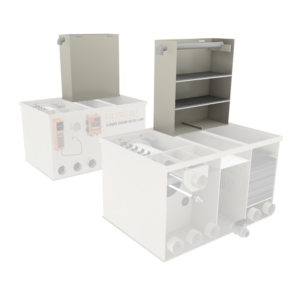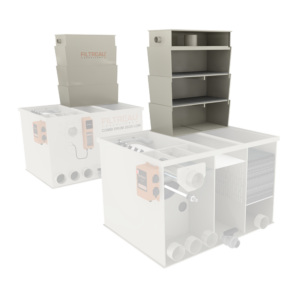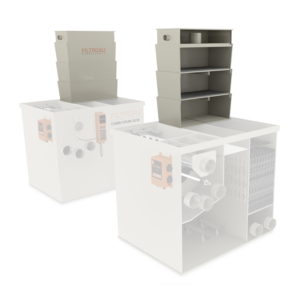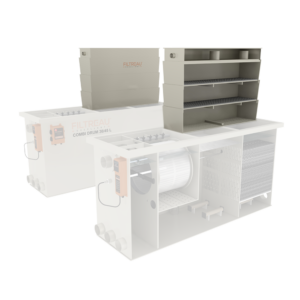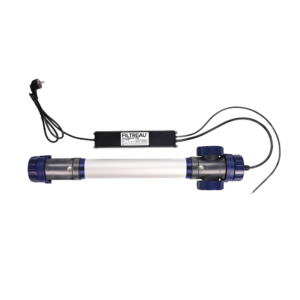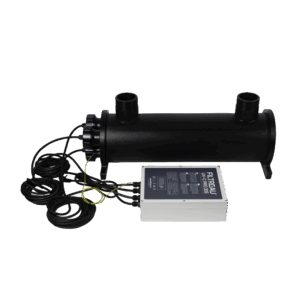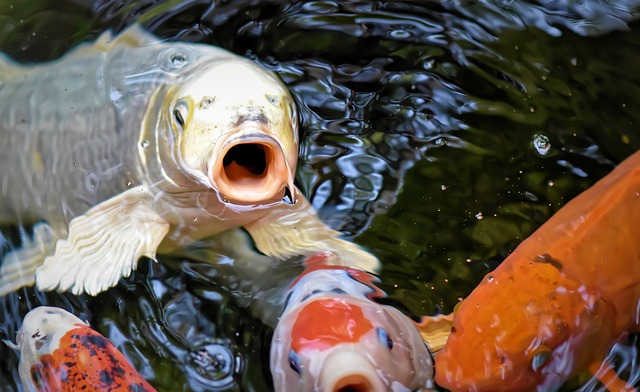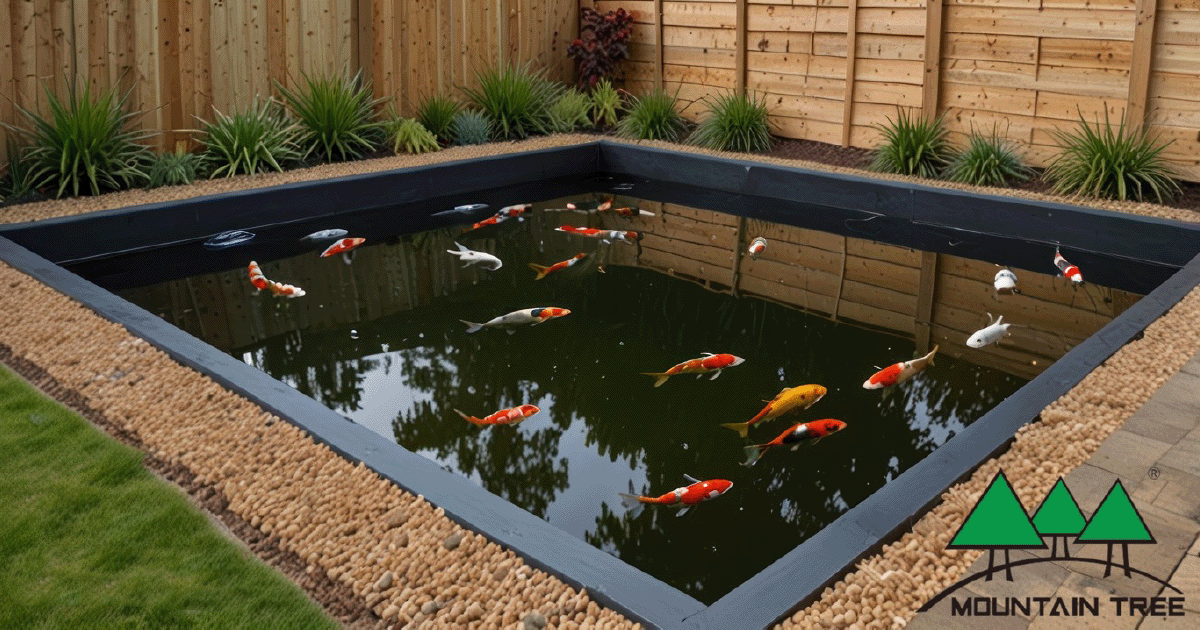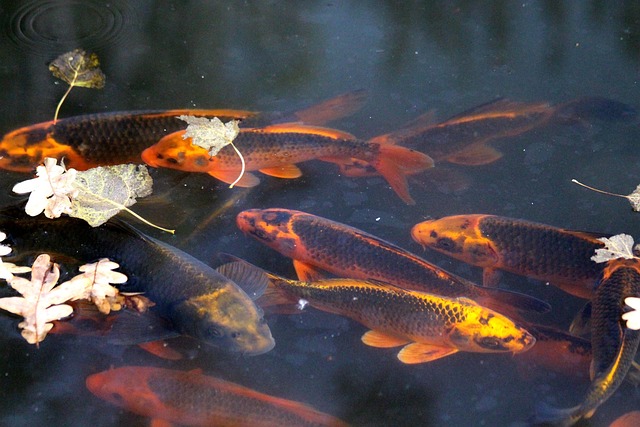
How to prepare your pond for autumn
When summer gives way to autumn, many things change in and around your pond. Falling leaves, lower temperatures, and shorter days affect the water quality and the health of your koi. Proper preparation in autumn ensures that your pond enters winter clean and stable. In this article, you will find practical tips on how to prepare your pond for autumn.
Waarom vijveronderhoud in de herfst zo belangrijk is
De herfst is hét moment om uw vijver grondig te controleren. Bladeren en organisch afval hopen zich sneller op, terwijl de biologische activiteit van bacteriën afneemt door dalende temperaturen. Zonder onderhoud kan dit leiden tot troebel water, zuurstoftekort of een verhoogde belasting van het filter. Door nu in te grijpen voorkomt u problemen in de winter en zorgt u voor een gezonde start in het voorjaar.
For more oxygen in your pond, trickles are ideal.
Practical tips for an autumn-ready pond
Autumn is an important period to properly maintain your pond. By taking a few simple measures in time, you can prevent dirt and organic matter from affecting the water quality and prepare the pond for winter. With the tips below, you will keep the water clear and your koi in optimal condition.
1. Remove leaves and debris in time
Fallen leaves sink to the bottom and form a layer of sludge. This organic waste decomposes slowly and can seriously deteriorate the water quality. Regularly scoop leaves out of the pond or use a skimmer to make this process easier.
2. Use a pond net
A simple but effective tool: stretch a net over the pond to prevent falling leaves. This saves a lot of cleaning work and prevents organic material from accumulating.
3. Check and clean filters
In autumn, your filter still runs at full capacity, but it has more to process due to extra debris and changing conditions. Therefore, regularly check the drum filter, sieve bend, or moving-bed filter and clean them in time. This way, the water flow remains optimal.
4. Reduce the amount of food for koi
At lower temperatures, the metabolism of koi slows down. Continue feeding them, but do so sparingly and choose easily digestible autumn or winter food. Overfeeding can lead to uneaten food and unnecessary pollution.
5. Replace the UV-C if necessary
A UV-C lamp has a limited lifespan and loses power over time, even if it is still shining. On average, a lamp lasts 8,000 to 10,000 operating hours, which equals about one year of continuous use. Check whether the lamp needs to be replaced. This way, you will be assured of optimal performance in spring and avoid problems with floating algae as soon as temperatures rise again.
Filtreau supports you every step of the way
With the right preparation, you can keep your pond clear, healthy, and stable, even during the colder months. Filtreau offers a wide range of filters, UV-C systems and accessories that help you maintain optimal water quality. This way, you can enjoy a balanced pond even in autumn and winter.
Frequently asked questions about pond maintenance in autumn
In autumn, it is advisable to remove leaves from your pond at least once a week. The more often you do this, the better the water quality will be maintained. If you have many trees around the pond, daily scooping or the use of a pond net may be necessary. Leaves that sink to the bottom decompose slowly and form sludge. This can lead to oxygen deficiency and increased strain on the filter. By cleaning regularly, you prevent problems in winter and save yourself a lot of work later on.
Yes, you can, but in moderation. As the temperature drops, the metabolism of koi slows down significantly. At water temperatures below 15 °C, it is best to switch to easily digestible autumn or winter food. Feed smaller portions less often: once a day is usually sufficient. At around 10 °C or lower, it is often better to stop feeding altogether, as the fish can no longer digest the food properly. Overfeeding can lead to rotting food and water pollution.
No, the filter should actually keep running, even in winter. By keeping your filtration system in operation, water circulation remains intact and the bacterial culture stays alive. This prevents water from stagnating and harmful substances from accumulating. However, you can adjust the cleaning frequency, as the load is lower in winter. For example, check monthly that everything is working properly. A well-maintained filter ensures that your pond quickly returns to balance in spring.
Yes, absolutely. A pond net is a simple way to prevent leaves from ending up in the water. You can safely leave the net in place throughout autumn, as long as you make sure it remains tightly stretched. This way, the leaves slide off instead of coming into contact with the water. Do check regularly that the net does not become too heavy with accumulated leaves and remove them in time. A properly stretched net saves you a lot of cleaning work and helps keep the pond’s ecosystem stable.


